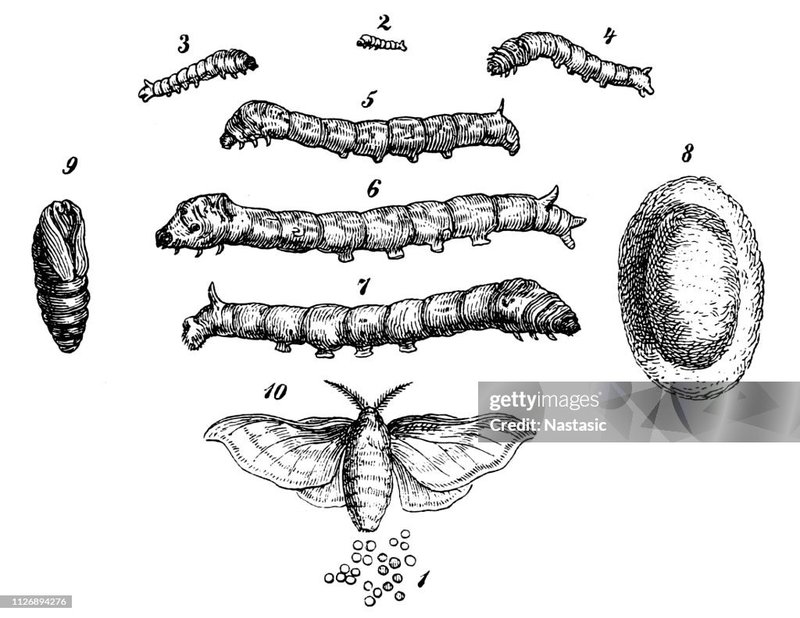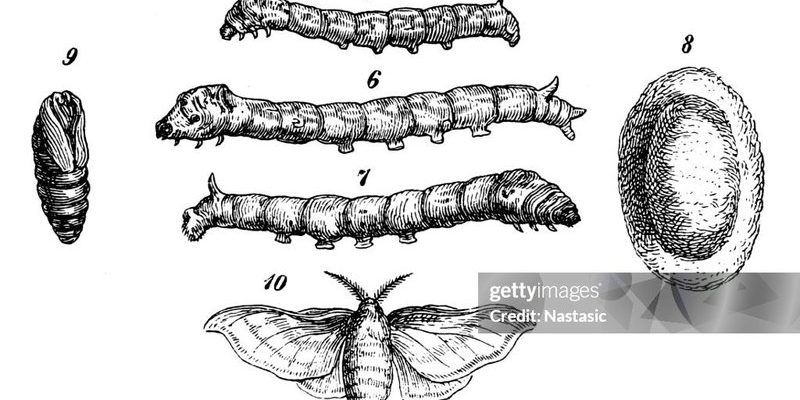
Silkworms, which are the larvae of the silk moth, are known for their ability to produce silk. But like all living beings, they need time to relax and recharge. Sleep in silkworms isn’t as straightforward as it is for us. They have different phases of rest that play a critical role in their development. You might think of their sleep patterns as delicate threads in a fabric—intricately woven and essential for their growth.
The Basics of Silkworm Sleep
You might be wondering, do silkworms really sleep? The answer is yes, but their sleep looks a bit different from what we experience. Silkworms enter a state of dormancy that’s essential for their development. During this time, they might not be entirely inactive, but their movements are significantly reduced. This is kind of like how we feel drowsy before drifting off into sleep, but silkworms stay in a state of rest that can last for varying durations.
Silkworms have a simple nervous system, so their sleep phases aren’t as complex as ours. They mainly experience two types of states: active and quiescent. During the active state, they’re busy munching on mulberry leaves, their primary food source. But when they enter a quiescent state, they pretty much chill out, using this time to recover and grow.
The Sleep Cycle of Silkworms
The sleep cycle of silkworms can be roughly divided into two phases: the day and night cycles. Silkworms are mostly nocturnal, which means they tend to be more active during the night. You might think of it like a night owl who thrives when the rest of the world is asleep. During the day, silkworms often retreat into their silken cocoons, where they enter that much-needed state of rest.
At night, silkworms actively feed and move about. This behavior is vital for their growth. It’s during these nighttime feeding sessions that they gather the energy needed to sustain themselves and prepare for their next stage of life. The contrast between the day and night activity levels helps them maintain a healthy balance, allowing them to grow efficiently.
The Factors Influencing Sleep Cycles
Just like humans who might struggle with insomnia due to stress or environmental factors, silkworms can also experience disruptions in their sleep cycles. Factors such as temperature, humidity, and light exposure can all play a role in how well they rest. For instance, if the temperature is too high or too low, their sleep patterns can be affected.
Adding to that, light exposure is crucial. Silkworms are sensitive to light, and prolonged exposure can keep them awake longer, disrupting their natural rhythm. It’s essential for anyone rearing silkworms to make sure their environment mimics the natural conditions that promote healthy sleep.
Now that we’ve touched on what silkworm sleep looks like, let’s dive into why it matters. Proper sleep and rest phases are fundamental for their growth and development. During rest, silkworms use this time to undergo various physiological changes. This downtime is when they process nutrients and prepare for their next stage, be it molting or transitioning into a cocoon.
If sleep cycles are disrupted, silkworms may not develop as expected, leading to weaker or unhealthy larvae. In essence, a good rest phase is like the foundation of a house—it supports everything else that follows. Think of it as a crucial step in their life design, helping them to build strength and vigor.
If you’re taking care of silkworms, ensuring their proper rest is part of the package. Here are a few tips to help you create a conducive environment for your little critters:
- Maintain appropriate temperature—around 25°C is ideal.
- Control humidity levels; a little humidity goes a long way.
- Provide a dark, quiet space during their rest phases for optimal recovery.
- Keep their feeding schedule consistent to avoid disrupting their natural rhythms.
By following these steps, you’ll help your silkworms thrive. It’s rewarding to see them grow and know you’re playing a role in their development.
To wrap things up, understanding silkworm sleep and rest phases is about more than just curiosity. It’s about recognizing how crucial rest is for their growth and development. Just like us, silkworms rely on that downtime to recharge and prepare for life’s next challenges.
By creating a nurturing environment that considers their unique sleep cycles, you’ll be setting them up for a healthy and productive life. So, whether you’re embarking on a silkworm-rearing journey or simply fascinated by these amazing creatures, keep sleep in mind. It’s the quiet strength that helps them weave their magical silk.

